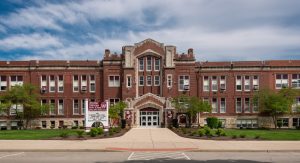No matter how enjoyable your school life was, at one point or another, you thought, “I hate school.”
Difficulties can cause a shift in your learning experience and result in a negative perspective or thought.
So, aside from waking up early and getting to bed late, what are some of the worst things about school?
The worst things about school revolve around practicality, pressure to succeed, and classroom setups.
These factors show the rigidity of educational institutions that often disillusion students, causing dislike for some school experiences.
They also touch on the social issues that exist in the setting.
Table of Contents
Are students learning practical skills?
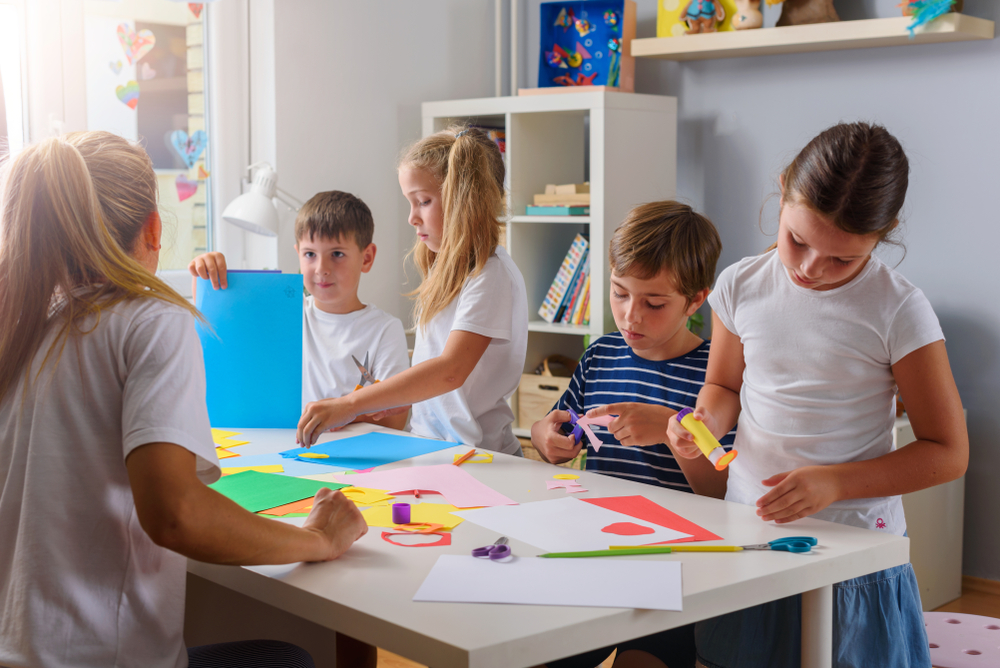
The whole objective of a school is to teach and prepare students for life in society after graduation.
Nevertheless, educational institutions typically include several subjects not necessary or applicable in reality.
Sometimes students have a clear vocation in mind and feel like attending classes that will never help with that vocation is a waste of time.
This problem also extends to students being assigned irrelevant homework and projects that require plenty of time.
Most students cannot change their situation, requiring them to get creative in accepting to and dealing with the subjects.
How are students’ grades?
More parents and schools are increasingly pushing students to achieve high grades. They similarly emphasize that the learners maintain high grades and stand out among the competitors.
Students often dislike that the schools have internal competitions where students are required to best one another.
Additionally, learners face outside competition when applying for higher education. As a result, they have to work continually to stay on top of the competition from within and without.
This obsession with getting and maintaining good grades takes away the fun in learning.
Sometimes, students have difficulty understanding certain classes. They face increasingly advanced subjects and achieving excellent grades seems impossible.
Difficulty in understanding the classes increases stress levels and makes school attendance laborious.
How is the classroom set up?

A school’s core lies in its classrooms, and the setup can considerably influence the student experience.
The following points show the primary aspects that worsen learners’ experience in schools:
Rigid Periods
Schools operate based on systematic structures and procedures. They have rigid periods governed by bells, leaving no room for customized sessions.
This lack of flexibility is not suitable for learners since people learn at different paces.
Children generally have unique learning rhythms that are not compatible with the rigid school periods.
Besides, some sessions may be boring because the students have no interest in them. The classes may also be uninteresting due to the teacher.
Although students can pick some classes, other sessions are compulsory. This situation can create a terrible experience when the compulsory periods are boring.
Students often excuse these sessions by attributing them to a life lesson in perseverance.
Grouped by Age
Most schools group their students by age, where you find students of the same age in the same class.
If there are any differences in age, they are usually quite small.
This segregation type limits the students’ socializing, creating a strange environment that does not occur in life outside school.
Unlike schools, real-life society features people of every age and experience. The school’s limited segregation means children cannot collaborate with learners of different backgrounds and ages.
This issue may not seem like a big deal in a school setting. Nevertheless, it can create an unpleasant experience outside the school.

The learners can find it challenging to interact with others who are different from them in the wider society.
Restricted Movement
As mentioned earlier, schools have a rigid system that dictates their operations. Hence, the bells signal the changes in the schedules, leaving students with no freedom of movement.
For instance, you can find bathroom breaks at specific times on the daily programs. If you need the break during an ongoing class, you require permission from the teacher.
This situation may create a sense of loss of privacy and freedom.
The school settings also require students to sit in rows of desks without moving around the room.
This system is one of the worst aspects of schools, especially for kinesthetic learners. Kinesthetic learning demands freedom and flexibility, which most educational institutions do not provide.
Compulsory Extracurriculars
Many schools require students to partake in extracurricular activities. They emphasize that these sessions will help the students stand out in college applications.
However, undertaking these activities typically results in less time for studying and homework.
Students consequently end up stressing themselves due to over-scheduling. Additionally, some learners do not readily find an activity they enjoy.
They instead settle on something they do not like, adding to the stressful situation.
Ideally, students should find extracurriculars that they love and be helped with time management.
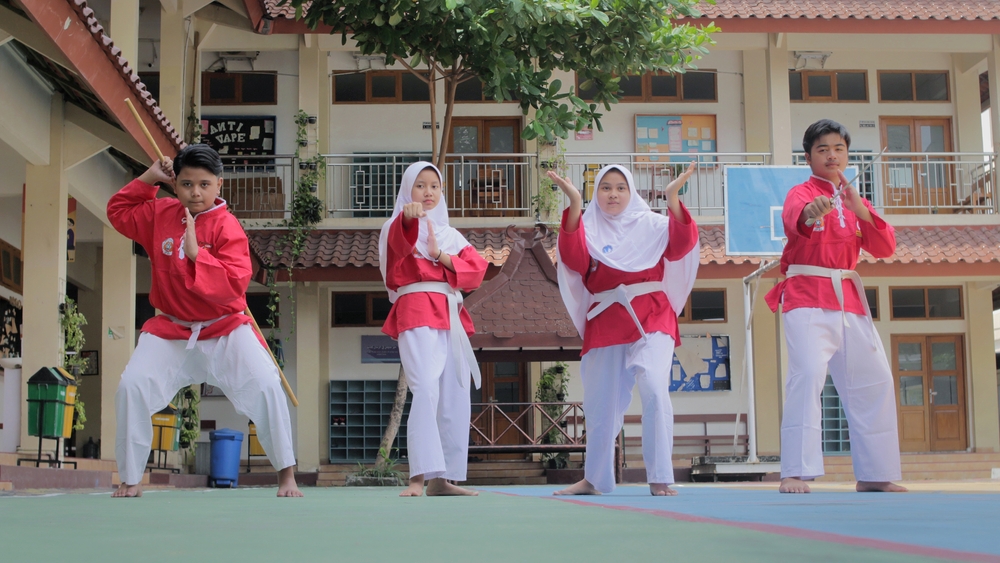
However, kids often overwork themselves as they struggle to juggle schoolwork, extracurricular, and relaxation time.
Parents also do not make it easier by pressuring their children to partake in various activities to beat the competition.
A school is a mini-society where students undergo various social issues. They struggle with different relationships and educational problems that can lower their enthusiasm for school.
Some social issues that students describe as being some of the worst parts of school include:
Bullying
Bullying has always been a big problem in schools. It is becoming increasingly problematic, and among the primary reasons why parents opt for homeschooling.
Bullying can have serious consequences if the school does not deal with cases thoroughly.
Attending classes and keeping up the grades can be a handful and stressful experience for many learners who are being bullied.
Facing harassment from fellow students worsens the situation, resulting in poor performance in school.
In some cases, it causes lasting mental damage that requires years of treatment for recovery.
It would be great to eliminate bullying, but there is no effective mechanism to control it. Institutions can have strict anti-bullying policies and enforce strict consequences for perpetrators.
Strict consequences will help bullied students to come forward as well as deter bullies in the first place.
Cliques
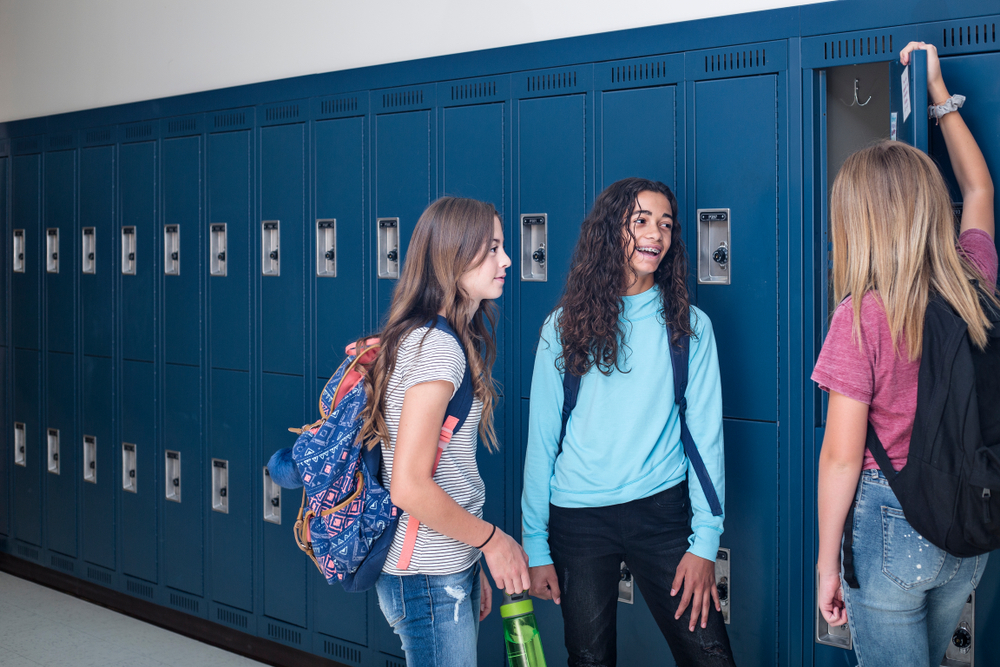
Cliques are hot on the heels of bullying as one of the worst things about school. Everyone wants to feel a sense of belonging, and the sensation is particularly strong among students.
High school students are in their tumultuous teenage years, and friendship circles offer the best solution for some.
However, some cliques stray from being sincere and like-minded friends to a group of prejudices.
They do not work to bring people closer but function to discriminate among other learners. These form insecurities among the students, creating a school decorated with inferiority and superiority complexes that distract from learning.
Unwanted learners can have a terrible school experience that can affect their total outlook on life.
Shunning by cliques may also limit a student’s access to other learners and make it difficult for them to find support from their peers.
Dress Codes
Many schools have different rules that determine the student outfits. Some institutions require students to wear uniforms, whereas others have a casual wear policy.
Typically, the uniformed schools are private establishments, while the public ones favor casual outfits.
Some learners in uniforms may feel superior to their counterparts. The public school students may also develop insecurities and a desire to switch to a private school that may be unaffordable.
Besides this, schools with casual wear policies can face internal prejudices. Students may compete to be the most stylish and criticize those who cannot or do not dress according to the latest trends.
Others may face bullying and discrimination for putting on cheap or unstylish outfits.
Lack of Proper Mentorship

Some schools do not have proper mentorship programs in place. Thus, students generally go through the motions and steps of learning without witnessing real-life examples.
Aside from career mentors, teachers can also provide mentorship. Mentors are essential since they show students a glimpse of the future to add fire to their studying efforts.
They can also aid learners in discerning their vocation by seeing or learning about their real-life experiences.
Sadly, several institutions focus more on achieving attractive grades without paying attention to mentorship.
Hence, students view teachers as grade-seeking machines rather than a helper to guide them in their courses.
This does not facilitate a trusting relationship between the two, leaving learners to feel alone and be overly self-reliant.
Social Pressure to Succeed
Sometimes students face extreme pressures from their teachers and parents to succeed. These learners preoccupy their minds and daily schedules with trying to best their perceived competition.
The constant pressure often means they have no time for anything else.
Many students dislike school due to this experience, as they lose a sense of self. They begin to feel that they are studying and living for their parents, teachers, or society.
An unbalanced schedule of relaxation, schoolwork, and extracurricular worsens the situation.

The pressure and mismanaged timetables may backfire and cause students to give up entirely on school.
Parents and teachers should help students identify their interests and guide them along that path.
You do not want guardians and educators to stress achieving goals according to their standards rather than the students’.
Unfortunately, the opposite is often the case.
Mental Issues
The issues mentioned above combine to cause mental problems among students. A stressful school experience is one of the worst things for students.
Furthermore, many students with mental struggles often feel they cannot turn to their teachers or parents for help.
The pressure from these guardians adds to their stress, eliminating them from being sources of comfort and healing.
In addition, discrimination and ostracization from cliques and bullies may close the door to finding help among peers.
The restricted and rigid school operations also mean you have limited or no connection to the outside world for help.
The outcome is a learner with a heavy heart and mind that may develop a hatred for school.
Students with a stronger mind may have a love-hate relationship with the school, going through it solely to achieve their future goals.
Some weaker learners may quit or retaliate in violent or rebellious ways.
What is the purpose of tests?
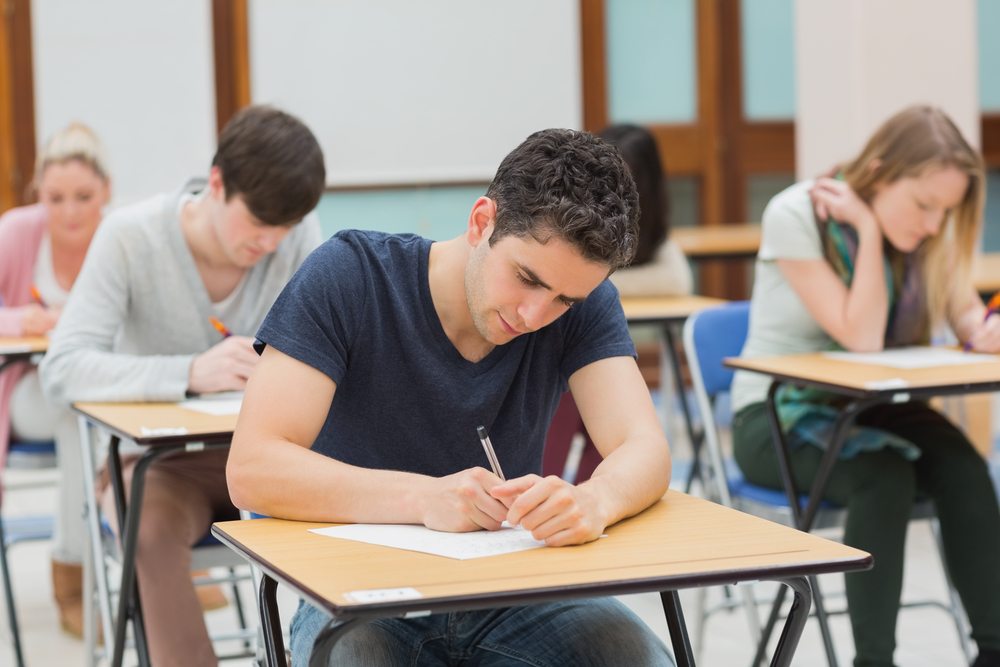
Students are required to take standardized tests, often without knowing the correct answers.
They do the examinations and remain in the dark on whether their responses were wrong or right.
These tests last several hours, which can feel like a waste when you do not directly benefit from them.
Students often feel that it is unfair for parents or guardians to measure their success and worth through standardized tests.
Teachers push their students to study and pass the test. Thus, they aim to pass the test rather than understand and apply the learned skill, creating lose-lose situations.
Consequently, you may find learners graduating with high grades but without skills that are useful in the real world.










